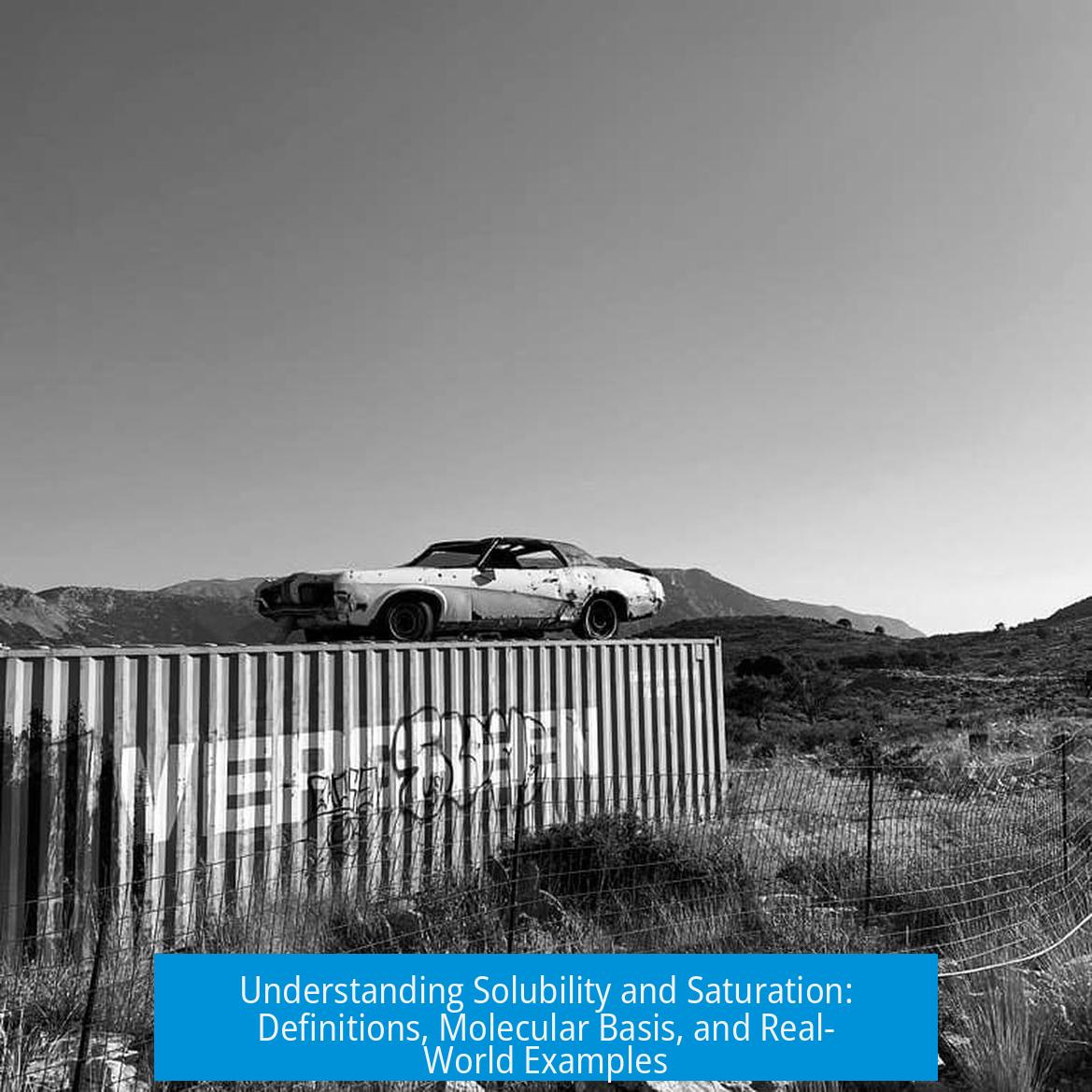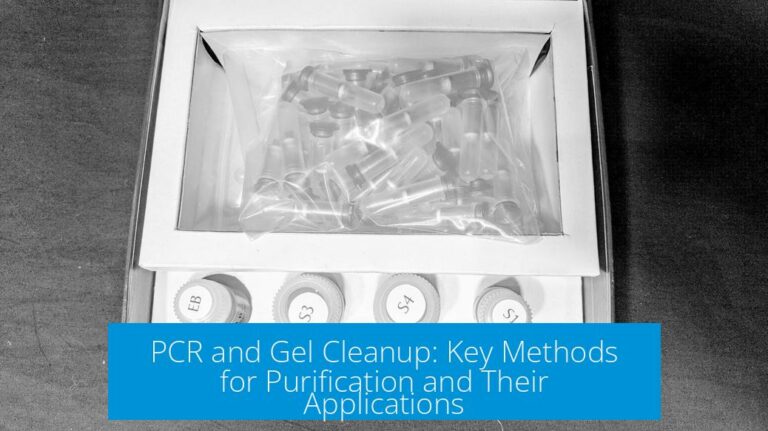Understanding Solubility and Saturation

Solubility is how much solid can dissolve in a solvent, while saturation refers to the maximum mass of solid a solvent can dissolve before no more dissolves.
What Is Solubility?

Solubility describes the quantity of a solute that dissolves in a given amount of solvent. It depends on the nature of the solute and solvent and conditions like temperature and pressure. This property explains why sugar disappears when stirred into tea.
What Does Saturation Mean?
Saturation represents the point where the solvent contains the maximum dissolved solute. Beyond this, additional solute does not dissolve and settles below. When sugar no longer melts away in tea, the solution is saturated.
Molecular Basis of Solubility
- Solubility often depends on dipole-dipole interactions and hydrogen bonding.
- “Like dissolves like”: molecules with similar polarity dissolve in each other effectively.
- When solute molecules meet solvent molecules with matching dipole moments, opposite charges attract, enabling solvation.
Limits to Solvation: Supersaturation
Beyond saturation, some solutions can temporarily dissolve more solute than normal, called supersaturation. This occurs when solvent molecules cannot fully solvate all solute molecules, leading to an unstable state.
Practical Example: Sugar in Tea
- Add sugar to tea. Initially, it dissolves due to solubility, forming a sweet solution.
- Continue adding sugar. Once no more dissolves and sugar sinks, the solution reaches saturation.
- If one teaspoon represents 25% of the maximum dissolvable sugar (4 teaspoons total), then the solution is 25% saturated.
Summary of Key Points
- Solubility is the capacity of a solvent to dissolve a solute.
- Saturation is the solvent fully loaded with solute, unable to dissolve more.
- Dipole interactions guide solubility; similar molecular polarity favors dissolution.
- Supersaturation temporarily exceeds this limit but is unstable.
- Every solution has a quantifiable saturation level by comparing solute added to the maximum dissolvable.
What does solubility mean in simple terms?
Solubility is how much of a solid can dissolve in a liquid solvent. It shows how well a substance mixes into another to form a solution.
How is saturation different from solubility?
Saturation means the solution has reached its limit. No more solid can dissolve, and extra solid stays undissolved at the bottom.
Why do some solids dissolve better in certain liquids?
Solubility depends on dipole-dipole interactions. Molecules with positive and negative parts attract similar molecules in the solvent, allowing them to mix.
What causes a solution to become supersaturated?
Supersaturation happens when you add more solid than the solvent can hold in normal conditions. The extra solid stays dissolved temporarily but may crystallize out later.
How can I tell when a solution is saturated using sugar and tea?
Add sugar to tea until it stops dissolving and piles up at the bottom. That means the tea is saturated with sugar and cannot hold more.





Leave a Comment